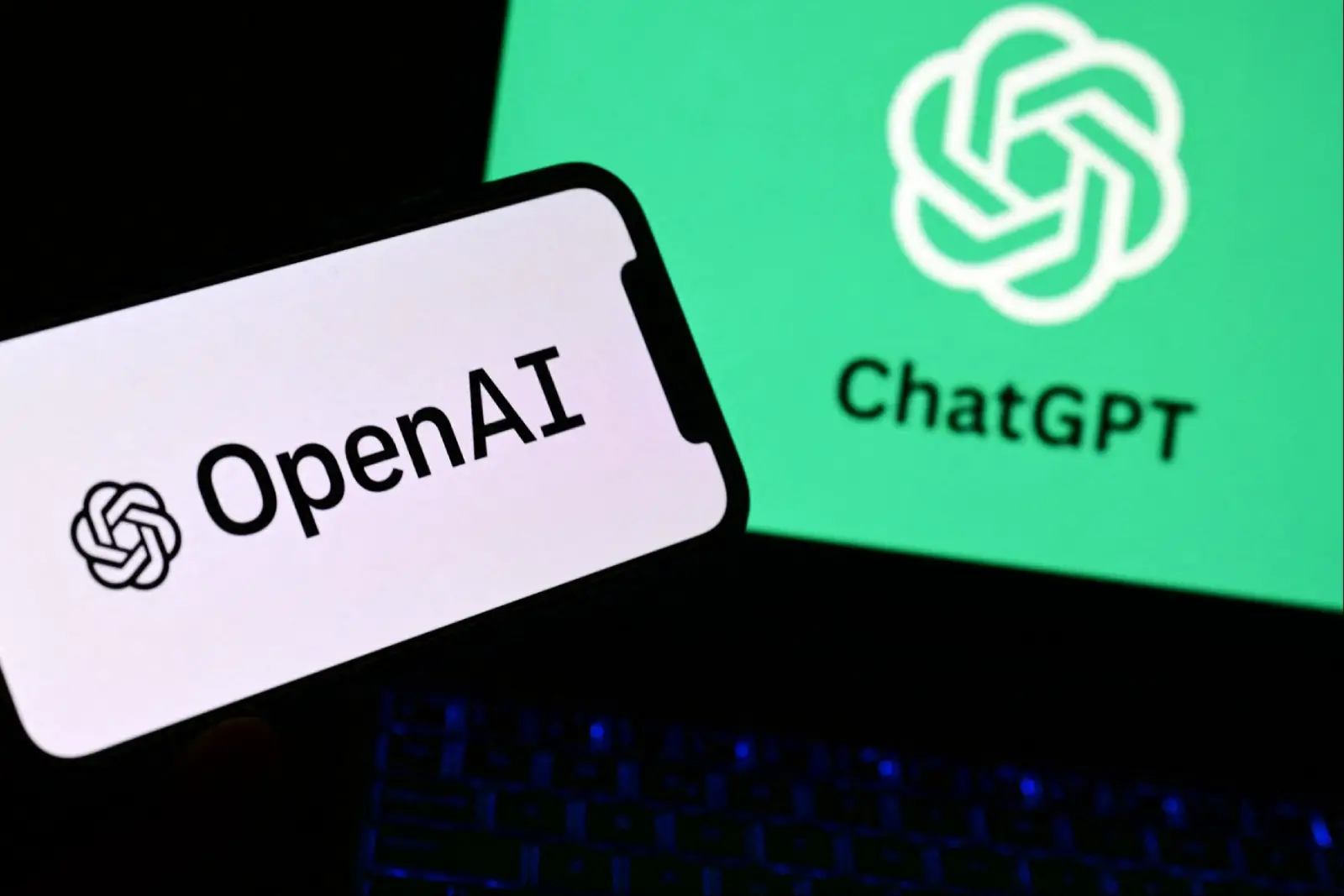US federal agencies planning to deploy agentic AI in 2026 are being told to prioritise data organisation as a prerequisite for effective adoption. AI infrastructure providers say poorly structured data remains a major barrier to turning agentic systems into operational tools.
Public sector executives at Amazon Web Services, Oracle, and Cisco said government clients are shifting focus away from basic chatbot use cases. Instead, agencies are seeking domain-specific AI systems capable of handling defined tasks and delivering measurable outcomes.
US industry leaders said achieving this shift requires modernising legacy infrastructure alongside cleaning, structuring, and contextualising data. Executives stressed that agentic AI depends on high-quality data pipelines that allow systems to act autonomously within defined parameters.
Oracle said its public sector strategy for 2026 centres on enabling context-aware AI through updated data assets. Company executives argued that AI systems are only effective when deeply aligned with an organisation’s underlying data environment.
The companies said early agentic AI use cases include document review, data entry, and network traffic management. Cloud infrastructure was also highlighted as critical for scaling agentic systems and accelerating innovation across government workflows.
Would you like to learn more about AI, tech, and digital diplomacy? If so, ask our Diplo chatbot!










